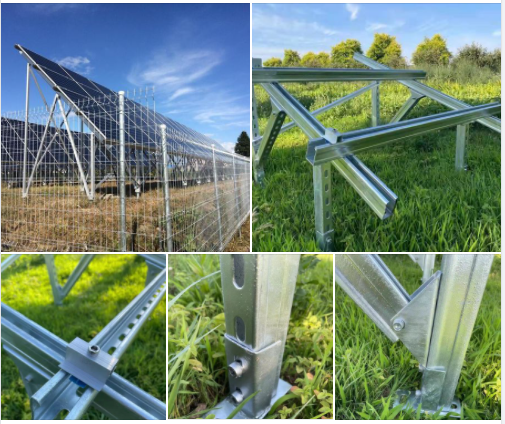These are the core concerns that drive our newsroom-defining topics that are of great significance to the global economy.
Our e-mails shine in your inbox, and there is something new every morning, afternoon, and weekend.
In 2020, solar power has never been so cheap. According to estimates by the National Renewable Energy Laboratory, since 2010, the price of installing new residential solar panel systems in the United States has dropped by about 64%. Since 2005, utilities, businesses, and homeowners have installed more solar panels almost every year, accounting for approximately 700 GW of solar panels worldwide.
But supply chain disruptions will derail the project at least next year. Analysts at consulting firm Rystad Energy estimate that rising transportation and equipment costs may delay or cancel 56% of global utility-scale solar projects in 2022. Given that these projects account for one-third of the project cost, even a small price can turn a meagre project into a loss-making project. The solar energy plans of utility companies may be hit particularly hard.
The two major culprits are pushing up the cost of solar panels. First, transportation prices have skyrocketed, especially for containers leaving China, where most solar panels are manufactured. The Shanghai Freight Index, which tracks the price of shipping containers from Shanghai to multiple ports around the world, has risen about six times from the baseline before the pandemic.
Second, key solar panel components have become more expensive-especially polysilicon, which is the main material used to make solar cells. Polysilicon production has been hit particularly hard by the bullwhip effect: the oversupply of polysilicon before the pandemic prompted manufacturers to suspend production immediately after Covid-19 was hit and countries began to enter lockdowns. Subsequently, economic activity rebounded faster than expected, and the demand for raw materials rebounded. It was difficult for polysilicon miners and refiners to catch up, causing prices to soar.
The price increase did not have much impact on the ongoing projects in 2021, but the risks for next year’s projects are even greater. According to data from the solar panel market EnergySage, the price of installing new solar panels in a home or business is now rising for the first time in at least seven years.
EnergySage CEO Vikram Aggarwal said that so far, homeowners and businesses have not been as severely affected by rising costs as utility companies. This is because transportation and materials account for a much larger proportion of the total cost of utility solar projects than residential or commercial projects. Homeowners and businesses spend more proportionally on costs such as hiring contractors-so if transportation and equipment costs rise slightly, it is unlikely that the project will be financially accomplished or destroyed.
But even so, solar panel suppliers are beginning to worry. Aggarwal said that he had heard of cases where the supplier could not find the type of solar panel that the customer wanted because there was no inventory, so the customer cancelled the order. “Consumers like certainty, especially when they buy large items like this, they will spend thousands of dollars… and stay at home for the next 20 to 30 years,” Aggarwal said. It is increasingly difficult for vendors to provide this certainty because they cannot be sure whether, when, and at what price they can order panels.
In this condition, if you have any plan for your solar PV systems.
Kindly consider PRO.ENERGY as your supplier for your solar system usage bracket products.
We dedicate to supply different kinds of solar mounting structure,ground piles, wire mesh fencing used in the solar system.
We are glad to provide solution for your checking whenever you need.
Post time: Nov-02-2021

